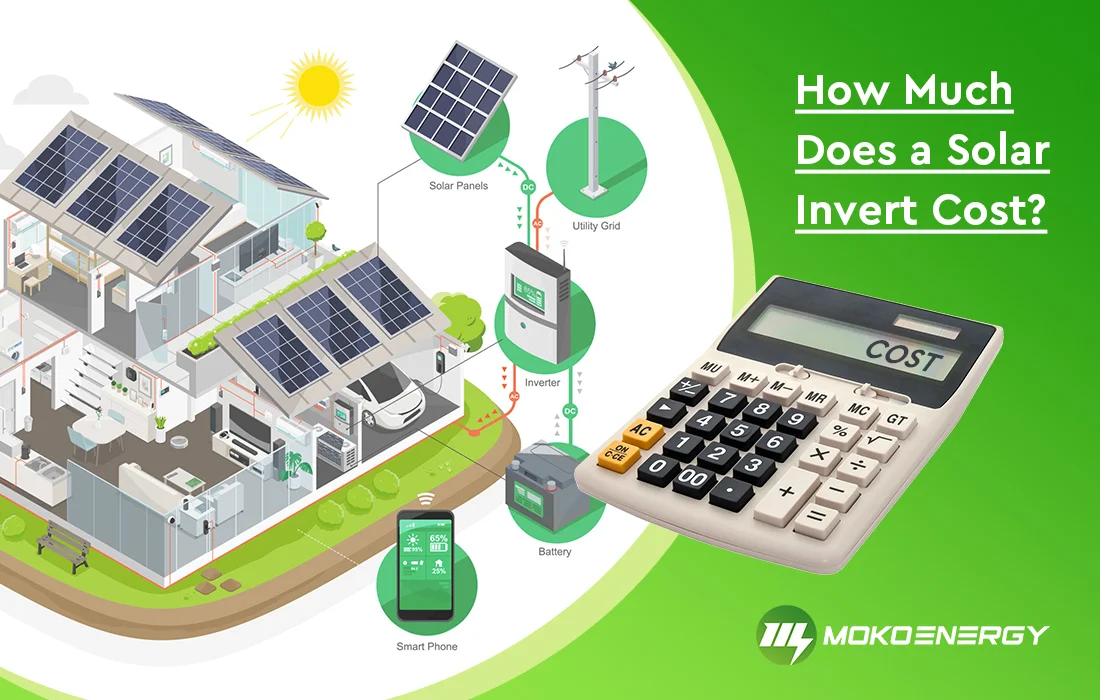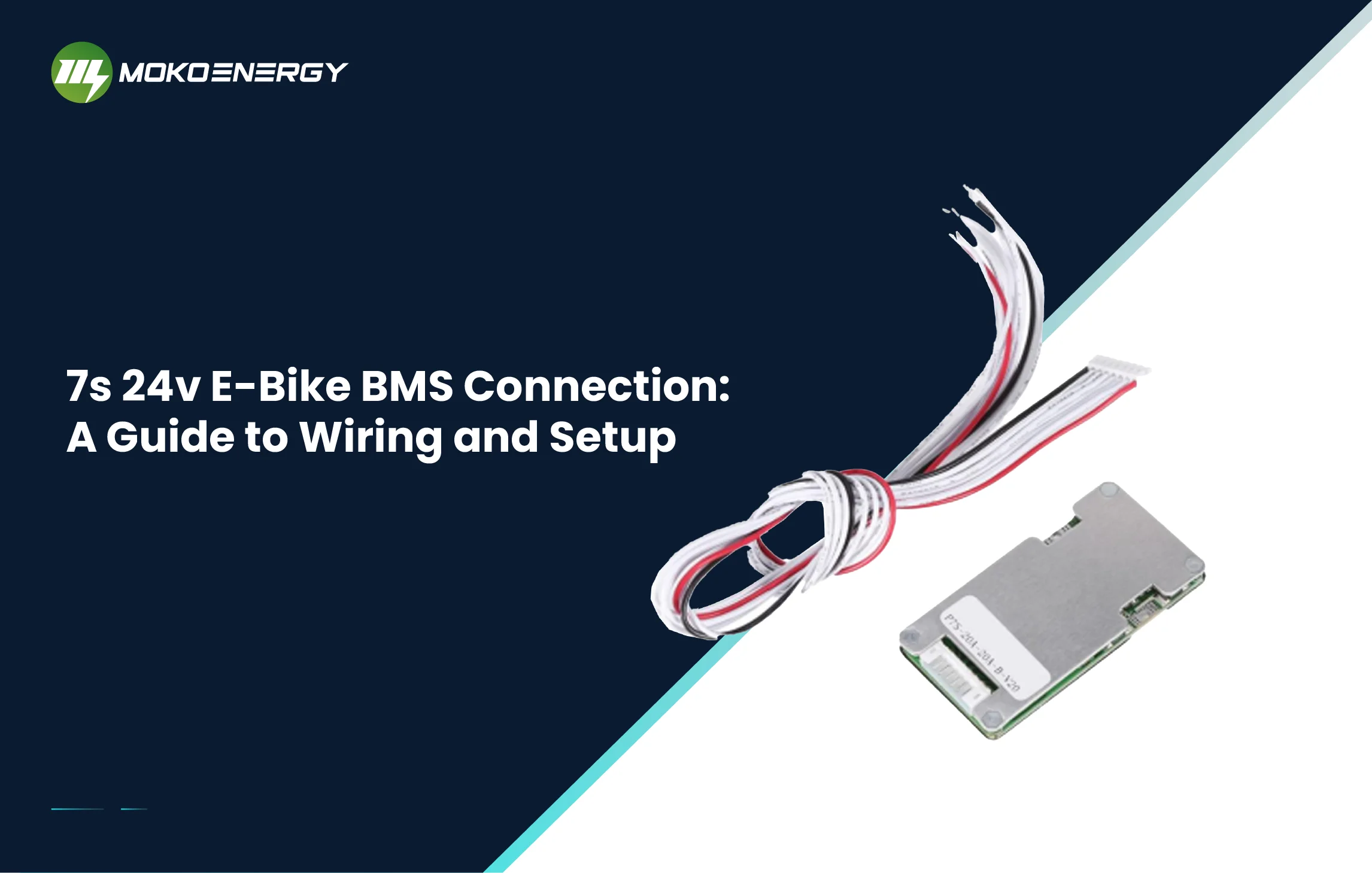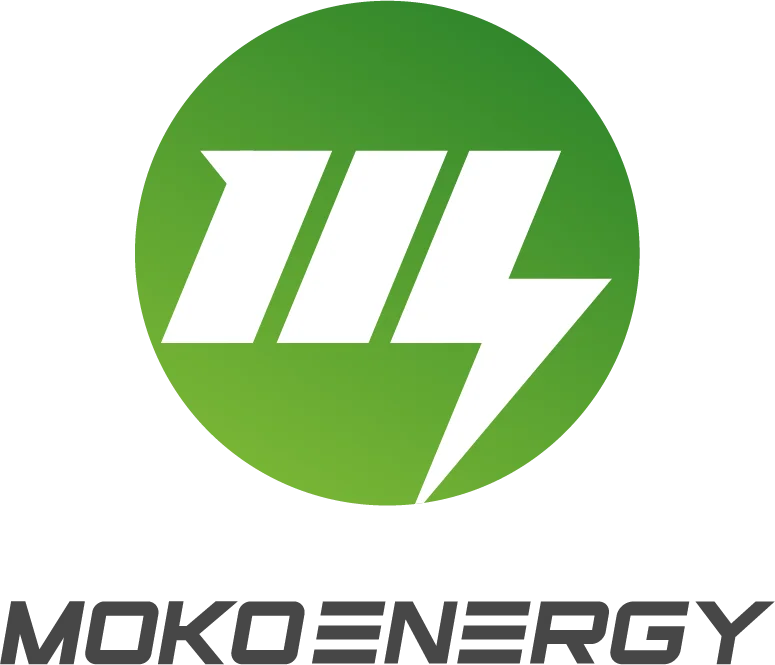A solar inverter is a device that converts the DC generated by solar panels into the AC required by household appliances and the power grid. Being an important part of any solar system, the solar inverter cost also has a huge impact on the overall project budget. This article will explain what a solar inverter is and we will tell you its cost range and help you how to choose the right one for your solar system.
I. What is a Solar Inverter?
A solar inverter is a device that converts the direct current (DC) generated by solar panels into alternating current (AC) that can be used to power homes, and businesses, or fed back into the grid. It acts as the bridge between your solar panel system and the electrical loads or utility grid.
Types of Solar Inverters
Choosing a suitable inverter setup for a solar panel system is the most important part of the decision. We can typically consider three types of solar inverters in solar system installation: string inverters, microinverters, and DC power optimizers. Each type of inverter setup has pros and cons.
| Type | Description |
| String Inverters | These inverters are designed to handle multiple solar panels connected in a series, also known as a “string.” They are a popular choice for residential and small-scale commercial solar installations. |
| Power Optimizers | Power optimizers are devices that condition the DC electricity from each solar panel before sending it to a central string inverter. They can enhance system performance and provide panel-level monitoring. |
| Microinverters | Instead of large inverter boxes connected to multiple solar panels, microinverters are “mini” inverters mounted on each solar panel in an array. Because microinverters operate at the panel level, they are suitable for complex solar installations, partially shaded roofs, or roofs that may not have the best angle for solar energy. Microinverters also allow for easier system expansion. |
II. How Much Does a Solar Inverter Cost?

On average, the total cost of a solar inverter for a medium-sized solar panel system installation ranges from $800 to $3,000. The pricing of solar inverters varies depending on their size and whether they are string inverters, microinverters, or string inverters with DC power optimizers. While string inverter systems typically have lower upfront costs, installations utilizing microinverters tend to offer longer-lasting performance. The cost of a solar inverter can vary significantly depending on several factors. Here’s a breakdown of the average cost range for different types of inverters:
- String Inverters:
Average cost range: $1,000 – $3,000 for residential systems
Cost per watt: $0.10 – $0.20 per watt
- Power Optimizers:
Average cost range: $0.10 – $0.20 per watt of solar panel capacity
Cost per power optimizer: $50 – $150
- Microinverters:
Average cost range: $0.50 – $1.00 per watt of solar panel capacity
Cost per microinverter: $800 – $1500
III. Factors Affecting Solar Inverter Cost
The cost of a solar inverter is mainly composed of several aspects such as material cost, production cost, sales cost and R&D cost. Among them, material cost and production cost are the two most important components.
Let’s first look at the material cost. The main materials of solar inverters include circuit boards, transistors, transformers, capacitors, resistors, heat sinks and so on. The cost of these materials accounts for most of the cost of the whole inverter, especially the two core components of transistors and transformers, whose material cost accounts for about 50% of the cost of the whole inverter.
Next is the production cost. Solar inverters require complex processing and testing process, which requires a lot of human and material resources. Production costs include raw material procurement costs, production equipment maintenance costs, labor costs, and so on. In addition, production efficiency and product quality need to be taken into account, which will have an impact on production costs.
IV. The Trend of Solar Inverter Cost Reduction
With the continuous upgrading of technology and the expansion of the market, the cost of solar inverters is gradually decreasing. First of all, in terms of material cost, with the advancement of technology, the cost of materials required for inverters is gradually decreasing. For example, the material costs of core components such as transistors and transformers are decreasing, which reduces the cost of the entire inverter to a certain extent.
Secondly, in terms of production costs, with the continuous improvement of production technology, production efficiency is constantly improving, which further reduces the cost of solar inverters.
In addition, the competition in the solar inverter market is also gradually intensifying, and the prices of battery packs and solar cells are also gradually decreasing, which also pushes down the cost of solar inverters to a certain extent.
V. How to Select a Solar Panel Invert?
When selecting a solar panel inverter, there are several factors to consider:
- Power rating of the solar panels: Ensure that the inverter’s power rating exceeds or matches the total power rating of the installed solar panels. This ensures proper processing of the generated power.
- Input Voltage Range: Choose an inverter with an input voltage range that encompasses the output voltage range of the solar panels. This accommodates variations in light conditions.
- Inverter type: Determine the appropriate type based on demand and application scenarios. Options include series inverters for multiple panels and standalone inverters for individual panels.
- Maximum Power Point Tracking (MPPT) technology: Opt for inverters equipped with MPPT technology to enhance system efficiency and maximize power extraction from the panels.
- Inverter Efficiency and Reliability:Assess the efficiency and reliability of the inverter. Higher efficiency ensures optimal electricity utilization, while greater reliability minimizes the risk of failure.
- Installation and Protection Requirements: Select an inverter suited to the installation scenario, considering factors such as size, weight, mounting method, and protection level.
Conclusion
The cost of solar inverter is composed of several aspects. With the continuous development of technology and market expansion, the cost of solar inverters is gradually decreasing, while its future trend is towards miniaturization, portability, high efficiency, and integration. All this will greatly promote the further development and popularization of the solar industry.
At MOKOEnergy, we understand the importance of selecting the right solar inverter for your specific needs. Our team of experts has extensive experience in the solar industry, and we pride ourselves on offering top-quality inverter solutions from leading manufacturers.
We work closely with our clients to understand their unique requirements, considering factors such as system size, panel configuration, climate conditions, and future expansion plans. Our comprehensive product portfolio includes string inverters, microinverters, and power optimizers from trusted brands, ensuring that you have access to the best options in the market.






